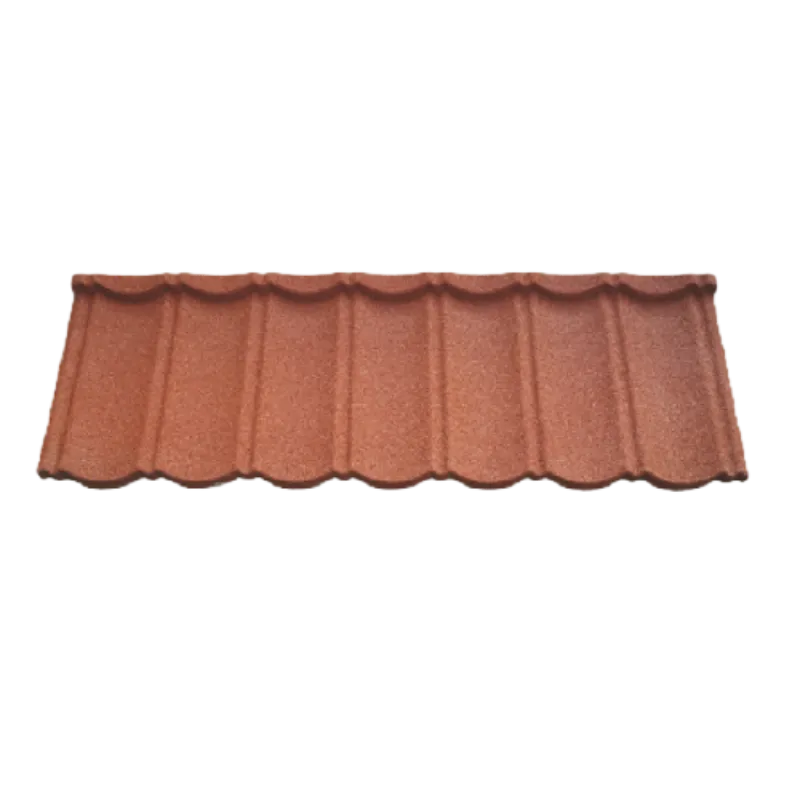
דצמ . 19, 2024 03:23 Back to list
asphalt shingle granule loss
Understanding Asphalt Shingle Granule Loss
Asphalt shingles are among the most popular roofing materials used in residential homes due to their affordability, versatility, and ease of installation. However, these shingles are not immune to wear and tear, and one of the most significant issues homeowners can face is granule loss. Granules are tiny, colored particles that cover the surface of asphalt shingles, providing protective properties and enhancing curb appeal. Understanding the causes, implications, and solutions to asphalt shingle granule loss is crucial for maintaining a well-functioning roof.
The Role of Granules
Granules serve multiple functions in asphalt shingles. They provide UV protection, preventing harmful sun rays from degrading the underlying asphalt. The granules also act as a shield against physical damage from hail, wind, and other debris. Additionally, they contribute to the aesthetic appeal of the roof by offering an array of colors and textures. Once granules begin to wear away or are lost, the shingles are left vulnerable to the elements, leading to potential problems such as leaks, mold growth, and reduced energy efficiency.
Causes of Granule Loss
There are several factors that contribute to the loss of granules on asphalt shingles
1. Age As shingles age, their materials naturally begin to break down. The typical lifespan of asphalt shingles is around 20 to 30 years, and with age comes the inevitable deterioration of granules. Older roofs may exhibit significant granule loss due to weathering and overall wear.
2. Severe Weather Conditions Extreme weather conditions, such as heavy rain, hail, and strong winds, can accelerate granule loss. Hailstones can knock off granules, while strong winds can peel them away or cause shingles to lift, exposing the underlying surfaces.
3. Poor Installation If shingles are not installed correctly, they can be more susceptible to granule loss. Poor alignment, inadequate overlapping, and insufficient fastening can all compromise the integrity of the roof, leading to premature damage.
4. Algae and Mold Growth Algae and mold can contribute to granule loss by deteriorating the shingles over time. This is especially common in humid climates, where moisture can lead to the growth of algae, resulting in aesthetic issues and accelerated wear.
5. Improper Maintenance Lack of regular maintenance can also result in increased granule loss. Accumulated debris, such as leaves and branches, can trap moisture against the shingles, promoting mold growth and weakening the protective granule layer.
asphalt shingle granule loss

Implications of Granule Loss
The loss of granules can have serious implications for homeowners. First and foremost, it can lead to roof leaks, which can cause significant water damage to the home's interior and structure. Additionally, exposed asphalt can heat up more quickly than granule-covered surfaces, leading to increased energy costs for cooling. Furthermore, a roof with significant granule loss can detract from the home’s curb appeal and resale value.
Solutions and Prevention
Addressing asphalt shingle granule loss involves both repair and preventative measures. Here are some steps homeowners can take
1. Regular Inspections Conduct regular inspections of the roof to identify any signs of granule loss or damage. Early detection can help mitigate further issues.
2. Professional Roofing Services Hiring a qualified roofing contractor to assess and maintain the shingles can ensure they are properly installed and repaired as needed. Professionals can also suggest the best materials for longevity.
3. Preventative Maintenance Regular cleaning of the roof to remove debris and potential growths, as well as keeping gutters clear, helps to ensure proper drainage and reduce moisture accumulation.
4. Choosing Quality Materials When replacing roofs, selecting high-quality asphalt shingles designed to withstand local weather conditions can greatly reduce the likelihood of granule loss.
5. Consider Alternatives In areas prone to severe weather, it may be worth considering alternative roofing materials, such as metal or tile, which offer greater durability and longevity.
In summary, while asphalt shingle granule loss is a common issue faced by many homeowners, understanding its causes and implications can lead to effective prevention and repair strategies. Regular maintenance, professional help, and quality materials can significantly enhance the lifespan of your roofing system, ensuring your home remains protected for years to come.
-
Premium Red 3 Tab Roof Shingles for Durable, Stylish Roofing Solutions
NewsJul.05,2025
-
Ceiling Clay Tiles Price - Affordable, Durable & Aesthetic Clay Ceiling Tile Solutions
NewsJul.05,2025
-
Best Solutions for Replacing Asphalt Shingles Upgrade Your Roof Efficiently
NewsJul.05,2025
-
Conservatory Felt Roof Solutions Durable, Weatherproof & Stylish Roof Upgrades
NewsJul.04,2025
-
Roman Stone Beige Tile for Elegant Spaces Roman Beige Ledger Panel & Travertine
NewsJul.04,2025
-
Small Clay Roof Tiles for Durable & Stylish Roofing Red & Custom Options Available
NewsJun.24,2025







